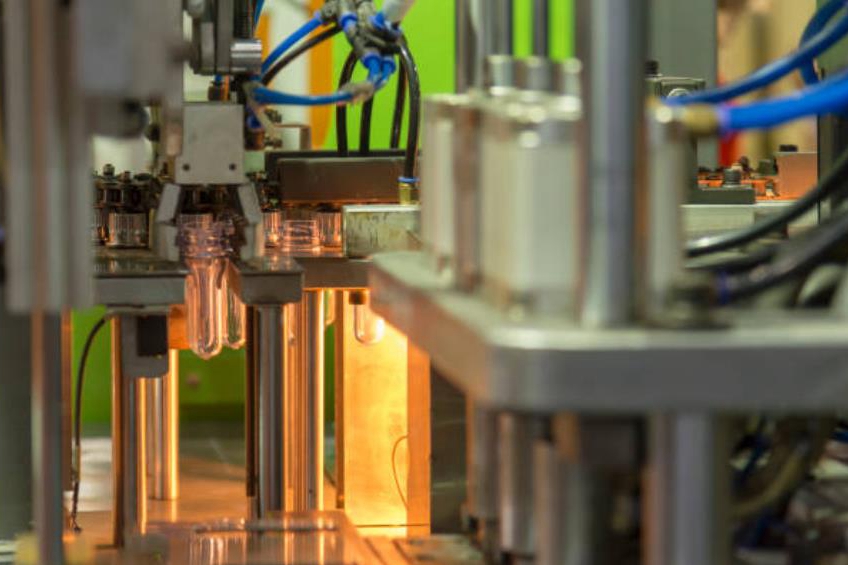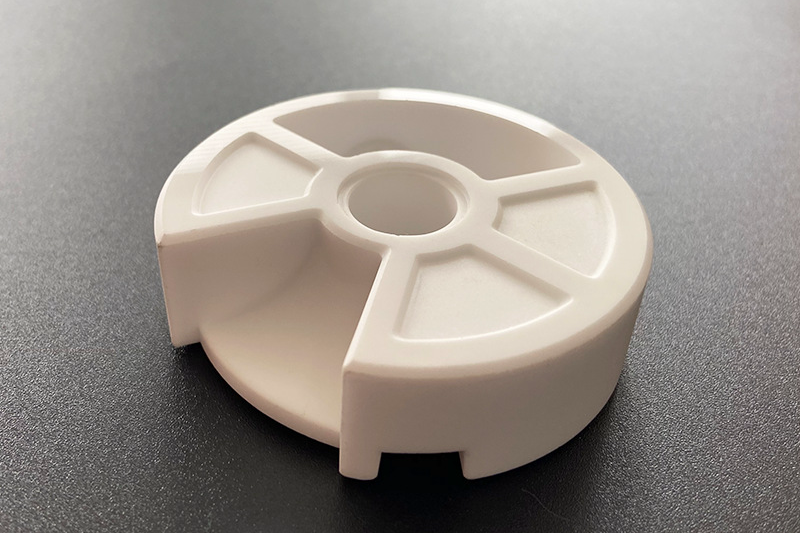Which surface treatments best reduce friction and wear in moving lock parts?
For moving components within locking systems—such as gears, sliders, followers, and cam interfaces—controlling friction and wear is critical to ensure long lifecycle performance and smooth motion. The optimal surface treatments should not only reduce contact resistance but also stabilize dimensional tolerances and prevent corrosion. In custom parts manufacturing, this is achieved through a combination of precision molding, post-processing, and coating technologies applied to both metal and engineering plastic components. Friction reduction is most effective when surface treatment is considered during the design phase rather than added as a corrective measure after initial production.
Surface Treatments for Metal Lock Components
Metals used in high-load areas—especially those produced via metal injection molding or precision casting—benefit significantly from protective finishing. Methods such as electropolishing improve surface uniformity by removing machining marks that can cause micro-binding. For wear resistance, nitriding increases case hardness with minimal dimensional change, while PVD coating creates very thin low-friction layers ideal for sliding interfaces. In applications where long-term humidity exposure is expected, black oxide coating and phosphating also reduce corrosion-induced friction.
Surface Treatments for Plastic or Hybrid Components
Engineering plastics produced via injection molding require different solutions. Teflon coating helps reduce sliding resistance and improves motion consistency. When components include metal-plastic interfaces, insert molding or overmolding allow friction zones to be reinforced selectively without introducing misalignment. For gear housings or sliding blocks, subtle finishing methods such as tumbling or CNC machining prototyping ensure tolerance stability before mass production.
Testing and Validation Strategies
Validation is crucial to confirm long-term friction control. Prototype testing is typically performed using components manufactured via 3D printing prototyping or rapid molding prototyping, followed by accelerated wear cycling. Heat and humidity simulations ensure that coatings such as thermal coating and anodizing maintain low friction levels after prolonged use. The most reliable solutions combine material selection, mold precision, and targeted surface treatment rather than relying on a single treatment to solve wear issues.



